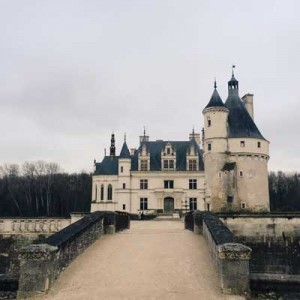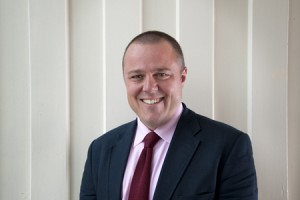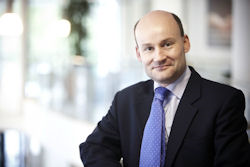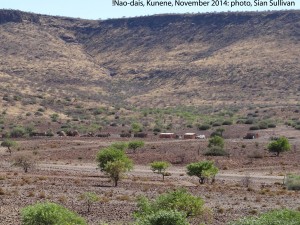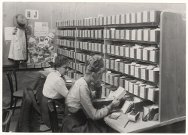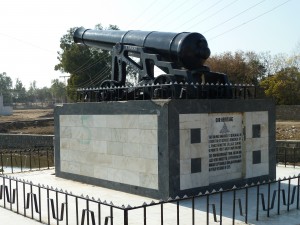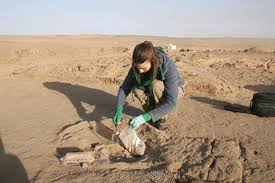19 Feb 2015: Joint funding call pre-announcement – AHRC Care for the Future and Labex Pasts in the Present will launch a call on 12 March for transnational projects. More info here.
Category Archives: News
Between cultural and natural heritage
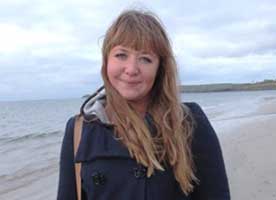 by Dr Marianna Dudley, University of Bristol. Cross-posted from The Power and the Water: Connecting Pasts with Futures blog
by Dr Marianna Dudley, University of Bristol. Cross-posted from The Power and the Water: Connecting Pasts with Futures blog
Between cultural and natural heritage
Chenonceau is a chateau worthy of a fairytale princess. It has turrets and gardens and galleries – and a river running through it. Built between 1514 and 1522 on the site of an old mill, it became the home of Diane de Poitiers, mistress of King Henry II. Diane loved the chateau, and built the bridge over the river. On Henry’s death in 1559, his widow Catherine de Medici demanded that Diane exchange Chenonceau for her chateau Charmont. Catherine built the galleries upon Diane’s bridge, and ruled France as regent from the building. Renaissance intrigues, not fairytales, brought this building to life.
ENTANGLED PASTS: 7 things you should know about the recent pasts of France and Britain, in the wake of the attack on CHARLIE HEBDO.
Prof Charles Forsdick (Leadership Fellow, AHRC Translating Cultures) and Prof Andrew Thompson (Leadership Fellow, AHRC Care for the Future)
1. Charlie Hebdo is part of a long tradition of dissent in France. Its genealogy can be traced back to the satirical press at the time of the French Revolution. In February 2006, Charlie Hebdo shot to global prominence with its depictions of the prophet Mohammed. But since its launch, the anti-establishment magazine has had plenty of other targets in its sights. Continue reading
Future Pasts? Sustainabilities in West Namibia
Professor Sian Sullivan, Bath Spa University
PI of Future Pasts
With Mike Hannis (BSU), Angela Impey (SOAS), Chris Low (BSU) and Rick Rohde (Edinburgh)
Perhaps inappropriately for a blog on ‘Debating Time’, I am late in submitting a post to introduce Future Pasts. My excuse is that the invitation to contribute a post was sent when I was living in west Namibia, some distance from internet access – at the settlement in this photo.
This is a place called !Nao-dais in Damara/≠Nū Khoen gowab (language), and Otjerate in oshiHerero. The family of Suro, the Damara woman with whom I have worked on and off for twenty years, have herded livestock at !Nao-dais for decades. Currently they are joined by a Himba pastoralist family from Kaokoveld to the north of this area, who inhabit the cluster of huts to the left of this image. Continue reading
History in the making
The article below was written by Malcolm Lucard and is cross-posted from the Red Cross Red Crescent Magazine. It includes material from an interview with Prof Andrew Thompson, Leadership Fellow of Care for the Future: Thinking Forward through the Past.
History in the making
Malcolm Lucard
Internal records from the ICRC’s archives concerning the conflicts of the 1960s and 1970s shed light on a decisive era for humanitarian action.
In a small room in the basement of ICRC headquarters in Geneva, Switzerland, historian Andrew Thompson methodically pores through folders full of documents — typewritten mission reports, confidential telegrams and hand-written letters — never before seen by people outside the ICRC.
“It is a process of discovery,” says Thompson, a professor of history at Exeter University in the United Kingdom. “There is a sense of expectation and anticipation not knowing what is going to be there. For a historian, it’s a bit like opening a birthday present, or like going into a candy shop.”
The ‘candy shop’ in this case is the ICRC archives, where Thompson is exploring 40- to 50-year-old records to be released to the public in January 2015 under the ICRC’s policy of making internal documents public in blocks of ten years once 40 years have passed since the events they describe.
New Report
23 Jan 2015: ‘What is the value of history in policy-making’ report published jointly by Institute for Government and the AHRC Care for the Future and Translating Cultures themes. The report follows the joint seminar series ‘Making History Work’, and outlines ways in which historical perspectives and inter-cultural understanding can support and benefit policymaking in the UK.
First World War commemorative plaque unveiled in Islamabad
Photo from Flickr. Click photo to see more from the British High Commission Islamabad (all rights reserved).
Dr Irfan Malik recently shared this WWI commemoration story with us, highlighting 460 British Indian WW1 soldiers from a small village called Dulmial. It was a record contribution for South Asia and on 10 November the British High Commission, Islamabad Pakistan honoured the village and unveiled a plaque in honour of three soldiers from modern day Pakistan who were awarded the Victoria Cross during the First World War.
The ceremony formed part of the UK Government’s programme of events to commemorate the Centenary of the First World War, during which 175 men from 11 countries were awarded the Victoria Cross.
For more information please see the press release and Flickr photos: https://www.gov.uk/government/news/first-world-war-commemorative-plaque-unveiled-in-Islamabad
Earth in Vision
Joe Smith (PI), Kim Hammond, and George Revill, The Open University

from left to right: Zdenek Zdrahal (Knowledge Media Institute), Kim Hammond, Joe Smith and George Revill (Geography Department), all at The Open University, Milton Keynes
If you can tell a good story you can change the world. That thought has motivated programme makers concerned with environment and conservation issues for decades. The Earth in Vision project aims to tell the story of the role of broadcasting, specifically of the BBC, in the emergence of a global environmental imagination. A second aim is to explore the potential for, and implications of, large scale release of digital broadcast archives. Continue reading
When the Lights Go Out
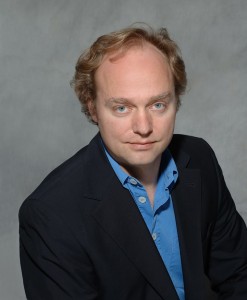 Professor Frank Trentmann, Birkbeck College,
Professor Frank Trentmann, Birkbeck College,
PI, Material Cultures of Energy: Transitions, Disruption, and Everyday Life in the 20th century. The research group consists of Frank Trentmann, Hiroki Shin, Vanessa Taylor, Heather Chappells and Rebecca Wright.
What happens when the lights go out? During a blackout it’s not only light that you lose. Electric cookers, heaters, TV and the radio stop working, and your computers, wifi and mobile phones will probably be off-line. A major part of our life today depends on the constant supply of energy. Cars might still run but traffic lights might not, nor would lifts, ticket machines, ATMs and the tube. Continue reading
Sustainability and subsistence systems in a changing Sudan
Dr Philippa Ryan, Department of Conservation and Scientific Research, The British Museum, Principal Investigator
Professor Katherine Homewood, Department of Anthropology, UCL, Co-Investigator
Nubian agricultural practices are rapidly changing due to infrastructure development, technological and environmental changes. Our project explores how comparisons of present-day and ancient crop choices can inform on risk management within agricultural strategies of small-scale riparian Nile village settlements. Research is focused on present-day Ernetta island (620km north of Khartoum) and nearby 2nd millennium BC Amara West, which was also located on an island during its occupation. Today, as in the past, islands are important due to their agricultural potential. Continue reading

